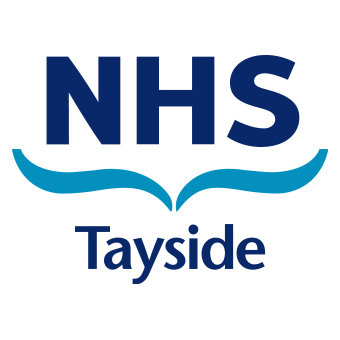- 30˚ head elevation, midline position
- Avoid internal jugular lines
- Repeat mannitol or hypertonic Saline (3% or 2.7% as available) if indicated
- Sedate (muscle relax for transport)
- Cautious fluid resuscitation (but correct coexisting shock)
- Monitor pupillary size and reaction
- Avoid hyperthermia
- Once patient is stabilised, consider CT scan to detect other intracranial pathology if GCS below 9, fluctuating conscious level or focal neurological signs.
RICP

Do not perform lumbar puncture; nil by mouth
- ABC & high flow oxygen (minimum 10 l/min) by face mask
- Insert 2 large IV cannulae (or IO)
- Take bloods:
- for blood gas (bicarb, base deficit), lactate, glucose, FBC, U&E, Ca++, Mg++, PO4, clotting, CRP, blood cultures, whole blood (EDTA) for PCR, X-match.
- Take Throat swab.
- If limited blood volume, prioritise blood gas, lactate, glucose, electrolytes, FBC, clotting.
- Give 0.25g/kg bolus of 20% mannitol or 3ml/kg hypertonic saline (3% or 2.7% as available) over 5 minutes
- Treat shock if present
Call anaesthetist and contact PICU:
- Intubate and ventilate to control PaCO (4-4.5 kPa)
- Urinary catheter and monitor output, NG tube
- Do not perform lumbar puncture
- IV lorazepam (0.1 mg/kg) or midazolam (0.1 mg/kg) bolus
- Consider paraldehyde (0.4 ml/kg PR)
- Phenytoin (18 mg/kg over 30 min IV with ECG monitoring)
If persistent seizures:
- Thiopental (thiopentone) 4 mg/kg in intubated patients (beware of hypotension)
- Midazolam/thiopental infusion
Perform delayed LP when stable and no contraindications.